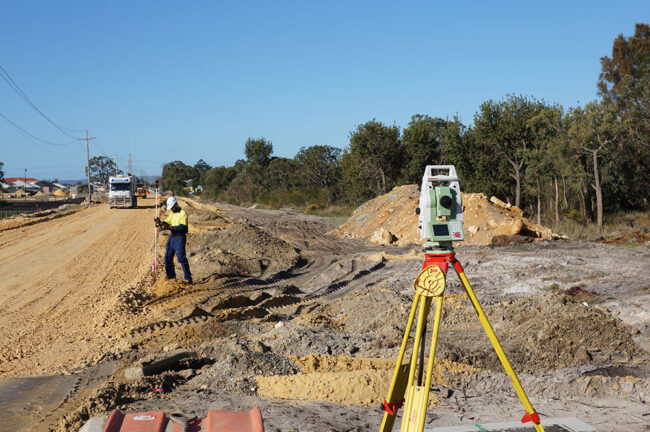Updated on
Non-invasive Utility Survey Hampshire – The Safer, Faster, And Cost-effective Alternative To Excavation
Surveying Heralds A New Era In Locating Buried Infrastructure
Buried infrastructure is an essential component of modern society, serving as the backbone for vital services such as electricity, telecommunications, and water supply. It is ubiquitous, and without it, our society would come to a standstill. However, locating it can be challenging, especially in urban areas with complex layouts and high amounts of pedestrian and vehicle traffic. Utility Survey Hampshire are a non-invasive, reliable method that has gained popularity in recent years for locating buried infrastructure.
Surveying is a technique used to determine the position of an object or feature relative to known points or landmarks. A surveyor uses a variety of instruments to obtain precise measurements of underground features or structures. The equipment used for this purpose ranges from basic hand tools such as shovels and trowels to sophisticated technologies such as ground-penetrating radar and electromagnetic detectors.
Ground-penetrating radar (GPR) is a powerful tool used in surveying to locate buried infrastructure. This method uses radar pulses that are bounced off the ground and reflected back to a receiver mounted on a handheld device. The data collected is then analyzed, and the location of the underground feature can be determined. GPR is effective in detecting utilities such as water pipes, sewer lines, and electrical cables.

Another non-invasive method used in surveying to locate buried infrastructure is electromagnetic detection. This method works by detecting the magnetic field created by the flow of current through buried conductors. A transmitter is used to induce an electric current into the conductor, which causes a magnetic field to be generated. The magnetic field is then detected using a receiver, allowing the location of the buried infrastructure to be determined.
Non-invasive methods of locating buried infrastructure have numerous advantages over traditional excavation techniques. They are faster, cost-effective, and safer. They allow surveyors to avoid unnecessary damage to the surrounding environment and infrastructure, reducing the potential for accidents and minimizing disruptions to traffic and business operations.
In conclusion, locating buried infrastructure is an essential element of any construction project, and surveying is becoming an increasingly popular option for achieving accuracy, efficiency, and safety. This non-invasive method is enabling construction companies to achieve their goals without disrupting the surrounding infrastructure, which can be costly and hazardous. With continued technological advances, surveying is likely to become an even more essential tool for ensuring that infrastructure projects are carried out to the highest standards of safety, efficiency, and cost-effectiveness.

